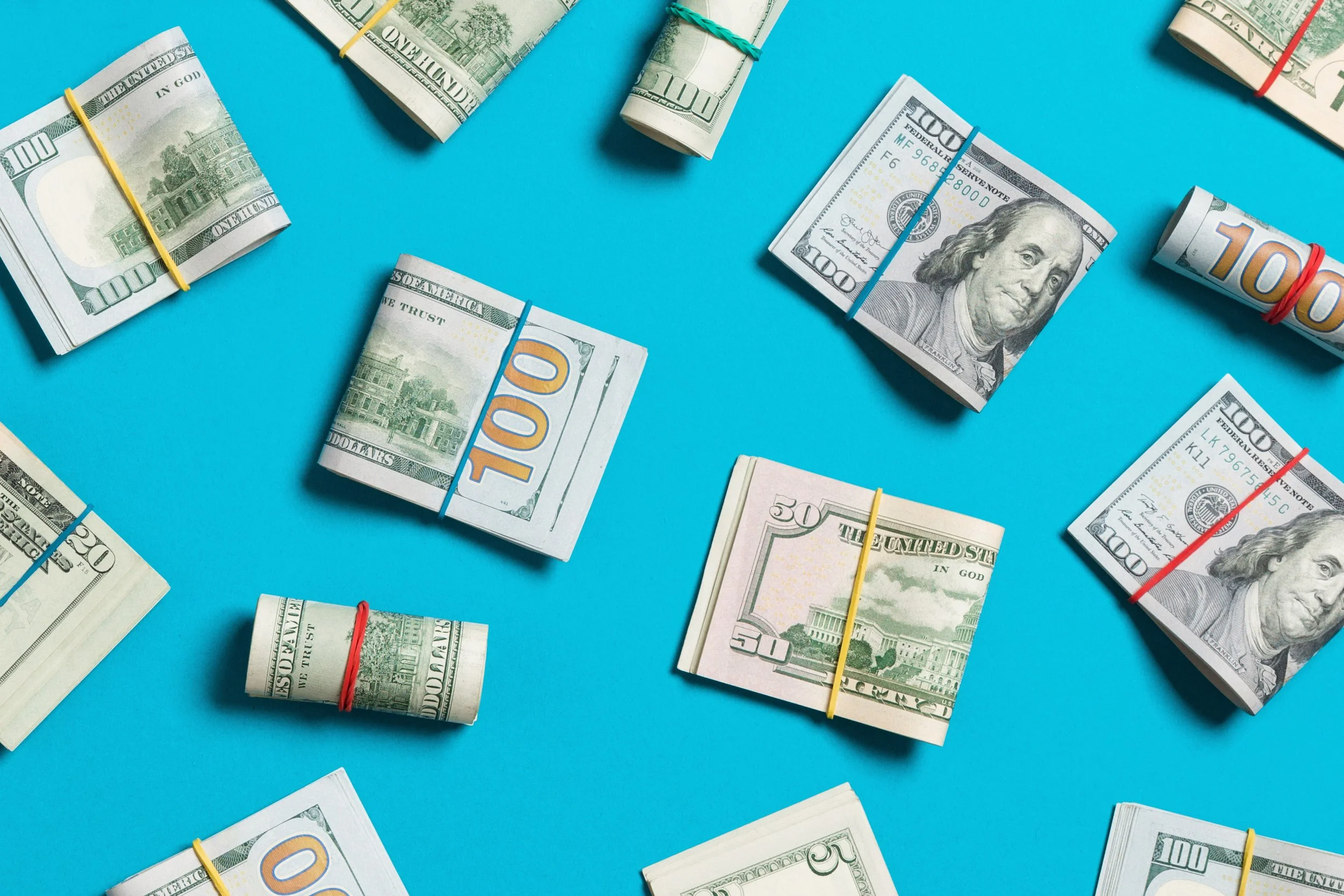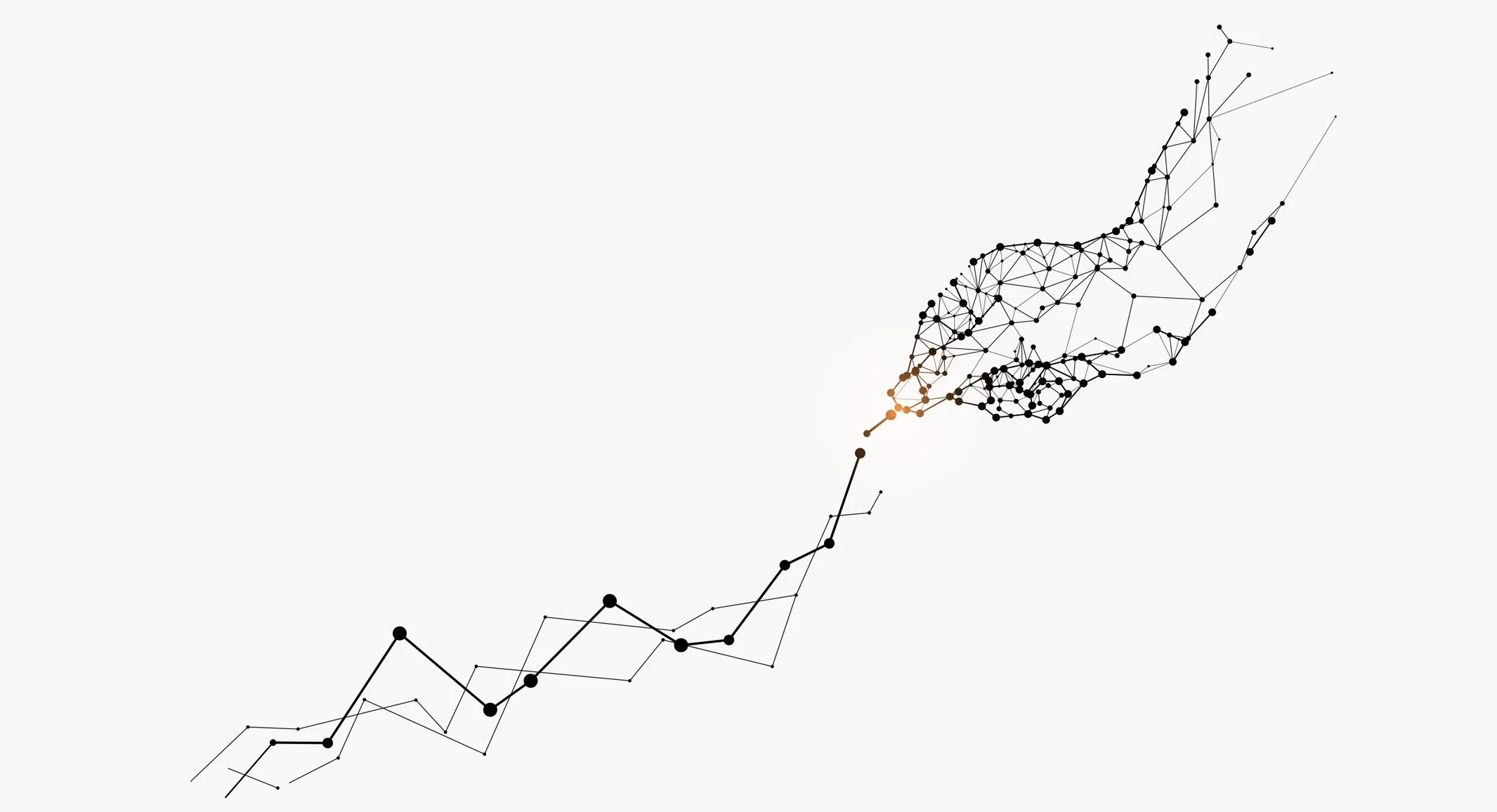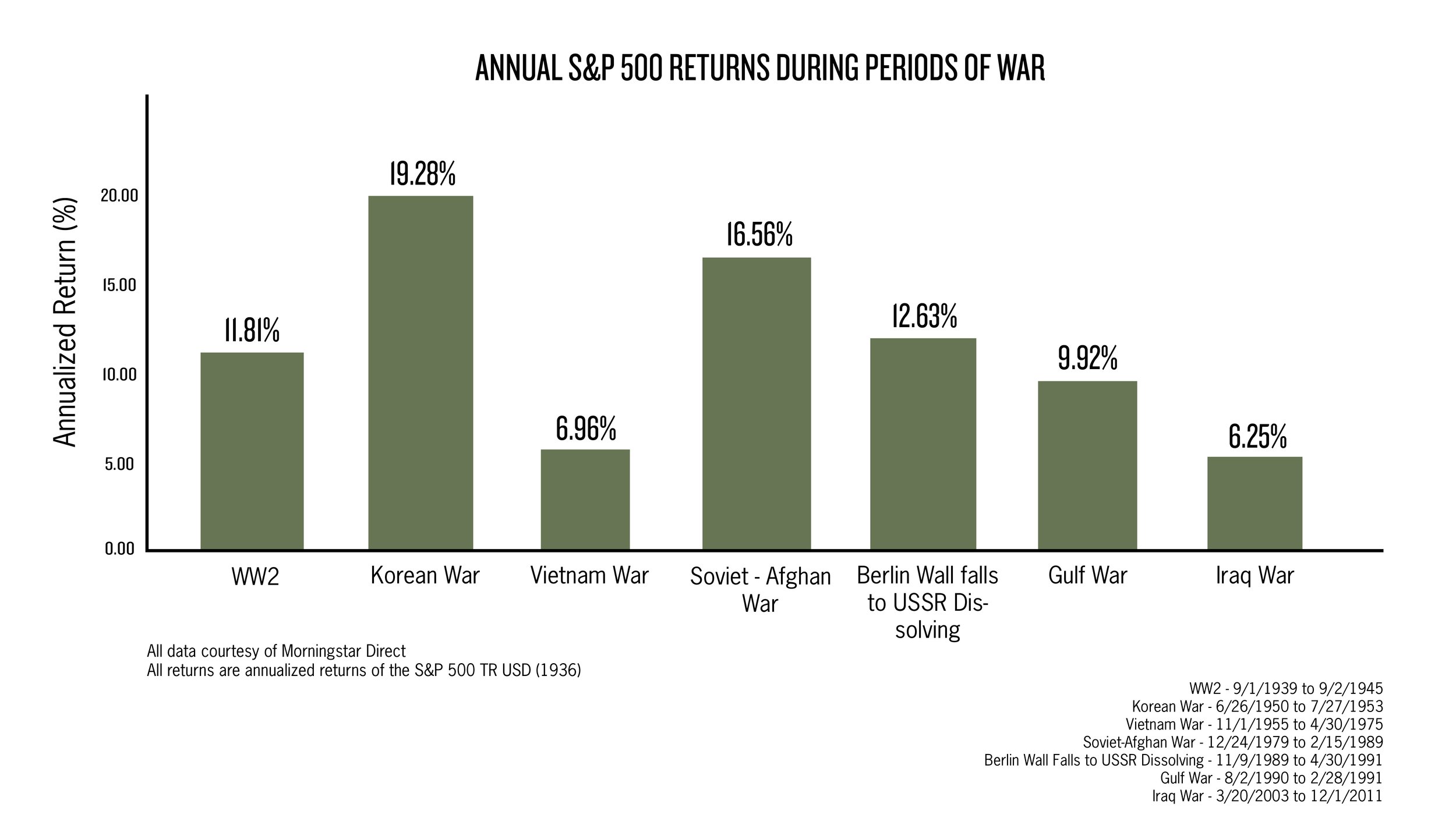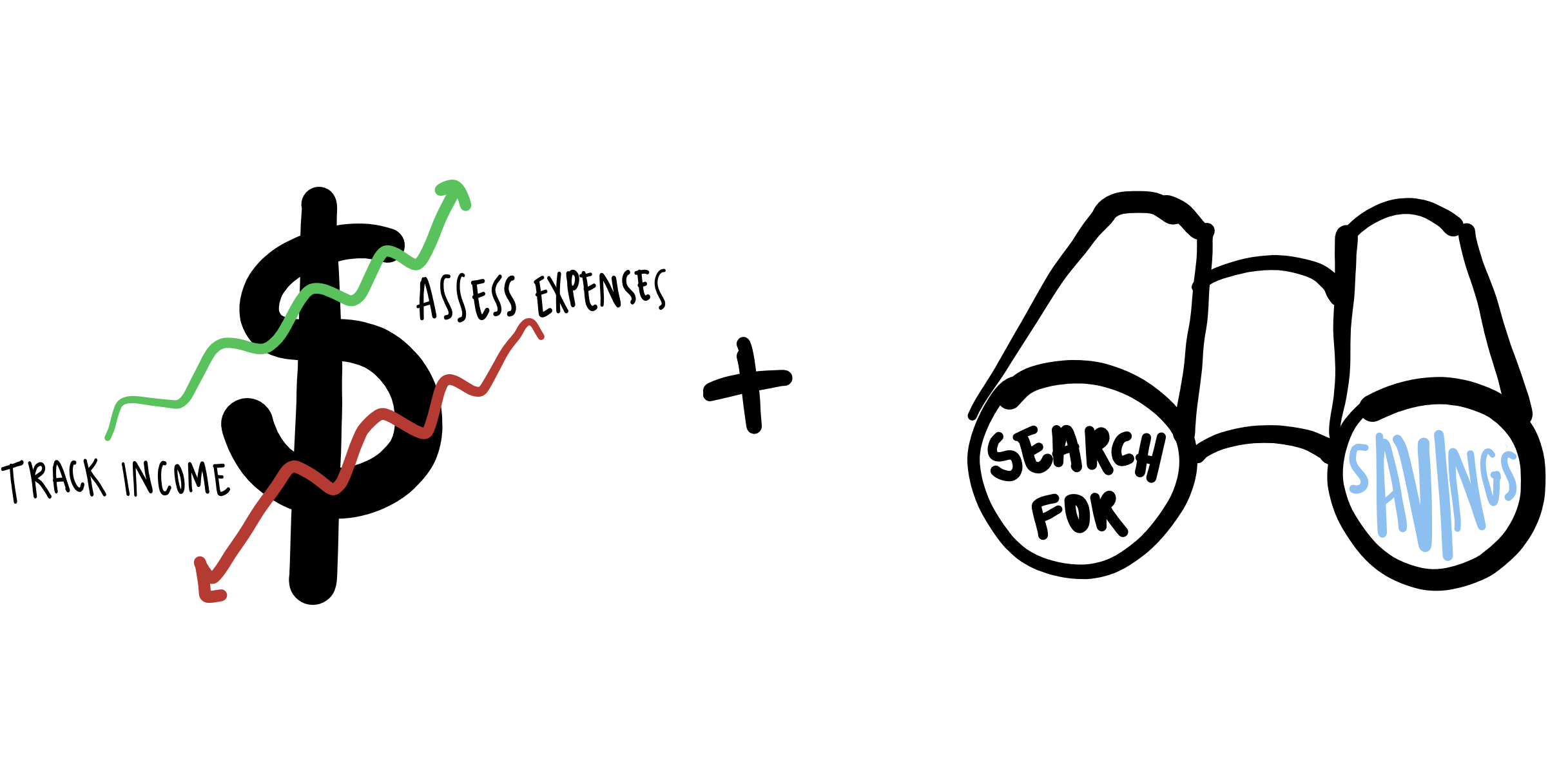As financial planners, we constantly seek opportunities to steward our client’s assets. Protecting your identity is a critical aspect of this responsibility as many of our planning tools and custodian accounts can be accessed on any device at any time. In today’s digital age, identity theft is a growing concern. It has become easier for criminals to steal someone’s identity and wreak havoc on their financial and personal life. Fortunately, you can take steps to protect yourself from identity theft.
Here are 10 ways someone can protect their identity from getting stolen:
1. Create strong and unique passwords: One of the easiest ways to protect your identity is to use strong, unique passwords for all your accounts. A strong password includes a mix of uppercase and lowercase letters, numbers, and symbols. The longer the password, the better. Avoid using the same password for multiple accounts, as this makes it easier for hackers to access all your accounts if they guess one password. Our best advice is to try to come up with a “passphrase” instead of a password. For example, “#Cantwait4theWEEKEND!”
2. Enable two-factor authentication: Two-factor authentication adds an extra layer of security to your accounts by requiring a code in addition to your password to log in. This code is usually sent to your phone or email, ensuring that only you can access your accounts even if your password is compromised. Do not provide this authentication code to anyone else.
3. Be cautious of phishing scams: Phishing scams are a common tactic used by identity thieves to trick people into giving away their personal information. Be cautious of unsolicited emails or text messages that ask for personal information or contain suspicious links. Always double-check the email sender or phone number to ensure it is legitimate.
4. Regularly monitor your credit report: Review your credit report for errors or fraudulent activity and report any unauthorized accounts or transactions to the credit bureaus and the affected creditors immediately.
5. Freeze your credit if you don’t need to tap into it: A credit freeze restricts access to your credit report, making it difficult for identity thieves to open new credit accounts in your name. Contact each of the three major credit bureaus (Equifax, Experian, and TransUnion) to request a freeze.
Equifax: Call 800-349-9960 or go online.
Experian: Go online to initiate, or for information, call 888‑397‑3742.
TransUnion: Call 888-909-8872 or go online.
6. Shred sensitive documents: To prevent identity thieves from piecing together your personal information, shred sensitive documents such as credit card statements, bank statements, and tax documents.
7. Don’t give out sensitive Information: Don't give out personal, financial, or health-care information over the phone, mail, or the Internet unless you have a trusted relationship with the requestor and initiated the contact. Even with trusted contacts, it’s best to send secure information securely. Using online portals to upload information or password-protected files can be a way to protect your information.
8. Secure your devices: Keep your computer, smartphone, and other devices up-to-date with the latest security updates and anti-virus software to protect against malware and other threats. Require a passcode to access your phone or computer if they are idle for an extended period.
9. Be mindful of public Wi-Fi: Avoid using public Wi-Fi networks for sensitive tasks such as online banking, as these networks are often unsecured and vulnerable to hacking.
10. Limit your social media footprint: Be mindful of the personal information you share online, including on social media platforms. Consider adjusting your privacy settings to limit the amount of personal information visible to others. If you are a parent, be mindful of how much of your child’s personal information you share online. Personal information (birthdays, the street they grew up on, etc.) can make security questions and answers vulnerable to hacking in the future.
In today's digital age, protecting your identity is critical, and as financial planners, we encourage our clients to take proactive steps to safeguard their personal and financial information. If you believe that any of your logins have been compromised, our advisors and partners will work swiftly with you to protect your accounts.





























































































